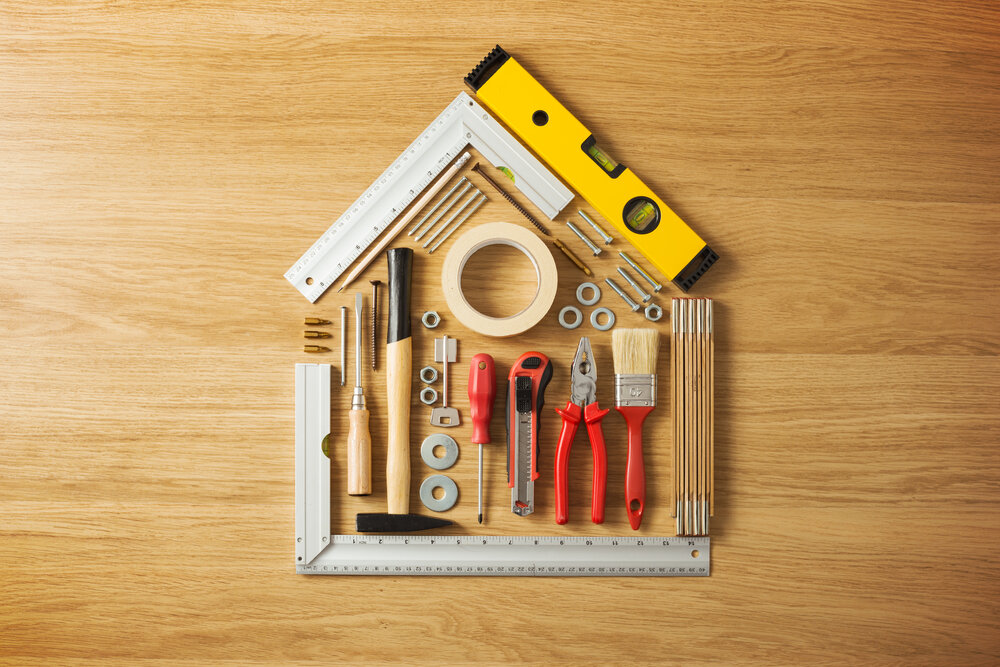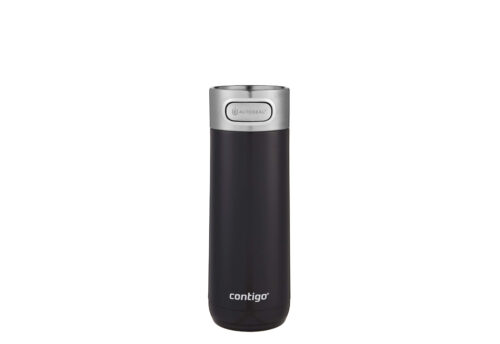Home>> 5 Energy Efficient Remodeling Ideas to Reduce Utility Bills

There are many reasons to remodel your home. The best remodeling projects will make your home safer, more functional, and more aesthetically pleasing. However, arguably the most pertinent concern for undertaking a remodeling project is to see improved energy efficiency. While exact figures are difficult to pin down, the most conservative estimates indicate that buyers are willing to pay at least $5,000 more for an energy efficient home over similar, less-efficient properties. Therefore, consider any of the following energy-efficient remodeling ideas that help reduce utility bills.
1. New Windows
Windows are hands-down one of the best renovations for improving energy efficiency. New windows can help you leverage the sun to the fullest extent. Large, clean windows can increase the flow of sunlight into your home, limiting the amount of electricity consumed for artificial lighting. In addition, strategically placed windows, such as those on the south side of the house, can help you maximize the sun’s passive heating potential.
In addition, old window frames can become worn over time, leading to the unwanted transfer of air as cracks develop in the frames and seals. As a result, new windows can give you better control of air transfer. When comparing single hung vs double hung windows, be advised that double hung windows offer the best ventilation for your home. When both sashes are open during hot summer days, hot air will exit via the top sash and cool air will be sucked in through the bottom sash, providing the home with some natural cooling that will reduce the amount of air conditioning required.
2. Roofing Upgrade
A new roof is another common-sense remodeling project for those looking to get utility bills under control, as the roof is one of the areas of the home most susceptible to leaks. As hot air rises, this can lead to significant amounts of heat exiting through the roof in the year’s colder months. Composite tiles are the best type of roofing material for withstanding extreme weather conditions. Fabricated from a mixture of asphalt, recycled paper, and fiberglass, composite roofing tiles do not easily degrade due to UV exposure and have the highest impact rating in their class, keeping your roof airtight for years to come.
When upgrading the roof, it is worthwhile to consider a soffit replacement as well. Soffit is the finishing material used to cover the underside of your roof overhang. It plays a critical role in sealing your home’s attic and improving curb appeal. Traditionally made of wood, most modern soffit replacements are using aluminum. Aluminum soffit does not absorb moisture like wood, making it a lower maintenance choice. Another benefit of installing aluminum soffit is that it can be fabricated with small ventilation holes, improving airflow in your attic and reducing the chance of damaging mold buildup.
3. Seal Transitions
Applying sealant to transitions in your home’s building envelope, such as expansion joints, control joints, and window-to-wall connections is another great way to restrict unwanted airflow into and out of your home. While this process may seem relatively simple, it must be performed correctly to achieve the desired results. Use the following steps:
- Prepare the substrate – make sure that the substrate surface is clean, dry, and free of frost or dew
- Select the correct sealant – the two predominant choices are polyurethane- or silicone-based. Each product will adhere differently to surrounding materials, so make sure you do your research to find out which is the best choice for your home
- Place the sealant – use a bond breaker tape to ensure that sealant does not get onto the wrong surface. Ensure that you use the correct amount of sealant. Too much sealant will make joints too rigid, while too little will not be able to withstand air and moisture flow
4. Moisture Protection
Homeowners spend approximately $2,500 fixing problems related to water damage around their homes. And these are only the direct costs. Water damage will undoubtedly create chasms that lead to mass airflow and heightened utility bills. Some ways to protect your home against water damage include:
- Damp proofing or waterproofing foundation walls
- Exterior insulation finishing systems to provide an additional layer of moisture protection for your cladding
- New gutters
- Improved driveway drainage to keep water flowing away from your home
5. Floor Insulation
Most homeowners think of wall and ceiling insulation as critical renovation for controlling a home’s utility bills. While there is definitely merit to this thought process, insulating the floor should not be overlooked. At least 10% of all heat loss in a home occurs through the floor, making floor insulation an underrated remodeling project for curtailing energy bills. If you really want to go above and beyond with this project, consider the benefits of installing radiant floor heating.
Reduce Utility Bills With These Energy Efficient Remodeling Ideas
Improving energy efficiency is one of the most important concerns for remodeling projects in 2022. To this effect, new windows, a roofing upgrade, sealing transitions, implementing moisture protection, and installing floor insulation are 5 of the best energy-efficient remodeling ideas that can help keep utility bills under control.
Need help with financing a renovation? Find a Loan Officer Today

Content by: Matt Lee- Innovative Building Materials
Matt Lee is the owner of the Innovative Building Materials blog and a content writer for the building materials industry. He is focused on helping fellow homeowners, contractors, and architects discover materials and methods of construction that save money, improve energy efficiency, and increase property value.
Email: innobuilds@gmail.com






